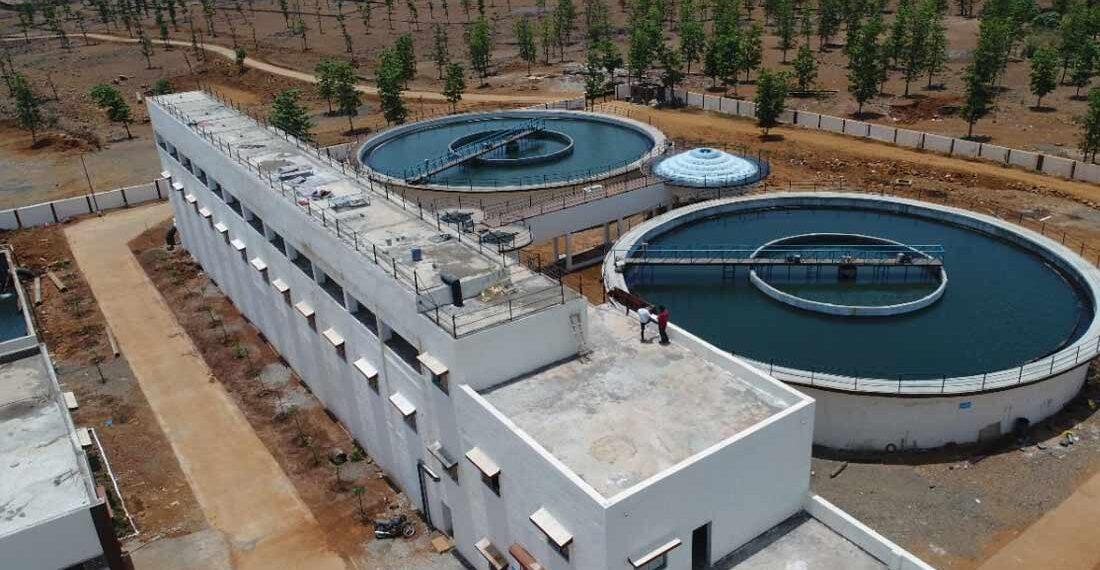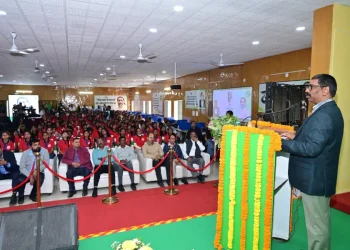Tap water will be supplied through the Astol Project, a technological marvel, to 174 villages and 1028 hamlets by lifting 7.5 crore litres of water from Madhuban Dam at the height of 1837 feet.

“It was a challenging task to complete the Astol project in Kaprada and Dharampur talukas of Valsad district, but I am glad our engineers overcame all the hurdles. It’s a technological marvel from the engineering perspective as well. Through this project, we have ensured the availability of water in these hilly areas by taking water to the height of about a 200-storey building,” said Gujarat Chief Minister Bhupendra Patel.
Why is the project special for tribals?
The topography of tribal-dominated Dharampur and Kaprada is such that neither the retention of rainwater is possible nor the groundwater can be stored. As most of the land here is rocky and rainwater run-off rapidly, only reservoirs are filled during the rainy season. Many springs and streams dry up during summers. In 2018, the State government initiated the Astol Project with an aim to ensure potable water supply to the people living in these hilly areas.
What is the Astol Project?
Under the project, water from Madhuban Dam situated nearly 30 km from Dharampur will be pumped through pumping stations using lift technique to reach people’s homes. As many as 28 pumping stations with a capacity of 8-Megawatt Volt Ampere (MVA) have been set up which will help supply about 75 million litres of drinking water daily to 4.50 lakh people.
In all, 81 km of pumping line, 855 km of distribution line and 340 km of pipeline were laid to bring water to big and small settlements. Two filter plants (each with a capacity of 33 million litres of water per day) have been established for the availability of pure drinking water with a total capacity of 66 million litres of water per day.
To store water in these areas, six high tanks (capacity of 4.7 million litres), 28 underground tanks (capacity of 7.7 crore litres) and 1,202 tanks (capacity of 44 million litres) at the ground level in villages and habitations have been constructed. Special technology has also been used in laying the pipeline.
Pipes have been installed according to the topography, with some areas at a higher elevation and others at low elevation. As a result, flow of water in certain areas is steady but very high (40 per kg cm square) in others. The pressure caused due to this is high enough to cause significant damage to pipelines. As a solution to this problem, a 12 mm thick mild steel pipe is used inside the main pipe to avoid any kind of blast.
Madhuban Dam is located approximately 40 km downstream of the river Daman Ganga. It was built jointly by the Government of Gujarat and the Union Territories of Dadra and Nagar Haveli. Water holding gross capacity of the dam is 567 million cubic metres.
Astol Project: A Technological Genius
The Astol Project is nothing short of an engineering marvel as water from Madhuban Dam will be lifted to the height of about 200-storeys to reach 50 villages of Dharampur and 124 villages of Kaprada. This will be the first time that the Madhuban Dam’s water will be used for drinking purposes as earlier it has been only used for irrigation purposes. The project is also linked with ‘Har Ghar Jal’ mission to connect every house with tap water.























